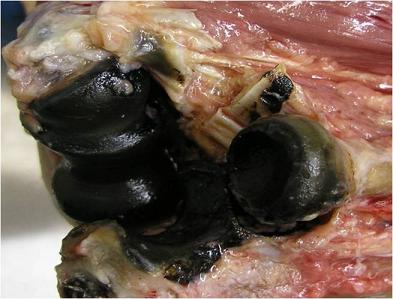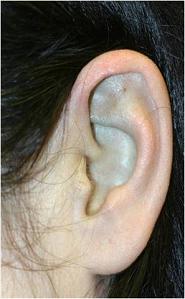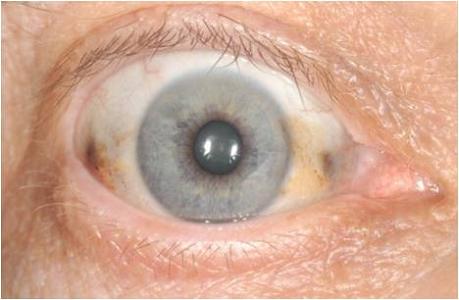What is Alkaptonuria
|
Alkaptonuria (AKU) is a rare condition causing significant health problems dominated by arthritis in the spine and weight bearing joints.
Because it is rare, people with this condition are dispersed around the country and lacking effective health care.
AKU was first identified and described in 1902 by Archibald Garrod. It is a rare disease affecting one in every 250,000 to one in 1,000,000 people.
Many doctors will never see a patient with Alkaptonuria. What Alkaptonuria does:
People with AKU do not have enough of an enzyme called homogentisic acid oxidase. The body uses this enzyme to break down a substance called homogentisic acid.
Because normal amounts of this enzyme are missing, homogentisic acid is not used and so builds up in the body.
Some is eliminated in the urine but the rest is deposited in body tissues where it accumulates at 2,000 times the normal rate.
This accumulation causes ochronosis, which is a blue-black discolouration of connective tissue including bone, cartilage and skin caused by deposits of ochre (black) coloured pigment. Homogentisic acid is toxic and its build up in the tissues of the body leads to multiple and chronic health problems for those people with AKU.
|
|||
|


